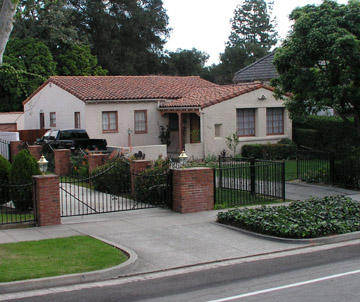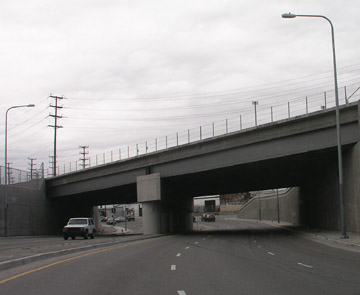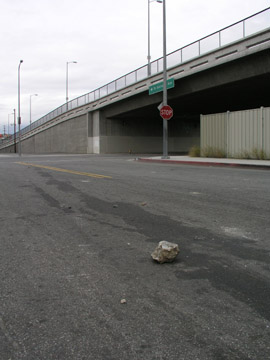Let’s say it was an isolated incident. And let’s say we were wrong again.
Toss a stone in this town. Hit, say, Pasadena. Let’s see what that stone wrought.
A simple plating factory (the Crown City plating factory, at 28 West Union):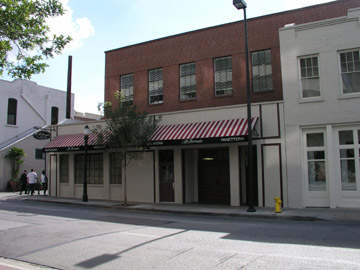 very nearly took out all of what’s now “Old Town†on 22 February, 1925. The Los Angeles Times reported that but then the next near mishap, well, that got bumped up a bit:
very nearly took out all of what’s now “Old Town†on 22 February, 1925. The Los Angeles Times reported that but then the next near mishap, well, that got bumped up a bit:
In quiet little Pasadena, Calif, one day last week a blast almost materialized that would have shaken the sober townfolk out of their skins. Two blocks from Pasadena’s busiest corner, Crown City Plating Co. electroplates chromium, gold, brass, silver, copper. A swart little man named Wallace Foreman was mixing sulphuric acid and glycerin to make an electrolyte for plating. Already in the tank were 75 gal. of acid and 2 gal. of glycerin. Thinking to add more acid, Wallace Foreman picked up a 3-gal. container, dumped in the contents. Unluckily the container held not sulphuric but nitric acid….
Time Magazine, 27 August 1934
I mean, you can mix sulphuric acid with glycerin all you want. Nitric acid, well, that makes nitro-glycerin. The rest writes itself. A smoldering hole three blocks wide.
Here’s where everyone and their brother nearly died: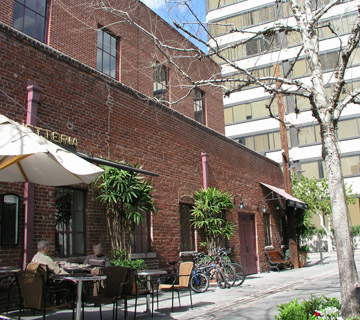
But we’re not here to talk about happy people eating the iced creams, unaware of the giant smoldering hole from where they couldabeen eating ’em: we’re here to discuss the Continent of Death that encircled the 900 block of Pico that February day in 1947.
And now, from our “nie wieder” files, compare and contrast:
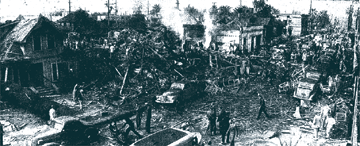
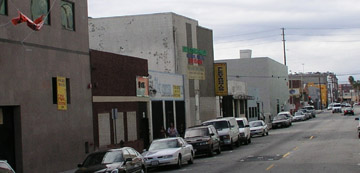
Yes, they’ve renamed Ground Zero “Lucky.”
My people call this “hubris,†though I know not how the Chinese would term such, should they care to. Which they won’t.
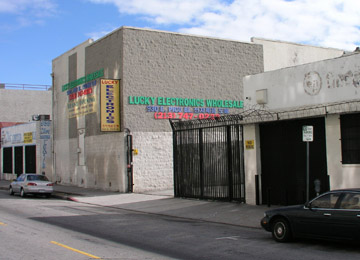
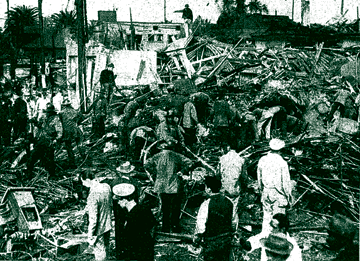
It had been reported that there was a particularly beautiful, and occupied, house just behind on 14th — the house was blown apart like so many tragically electroplated child’s limbs —-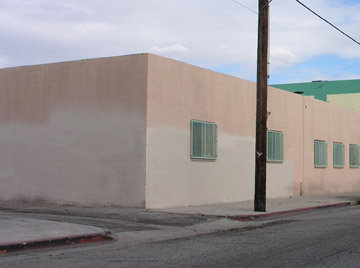
This was mentioned as a particularly sticky rescue area, given this area had at the time held a giant and absurdly intricate Queen Anne mansion. The developerclass blesses every day which includes Victorian spindlework thrown sixty some-odd blocks as if touched by the Finger of God.
Nigh-on sixty years in, we still talk about this kind of “keep acid under refrigeration” dictate.
Anyone who’s been following the ConocoPhillips buyout of Unocal knows that Texans live to oneup Californians…
